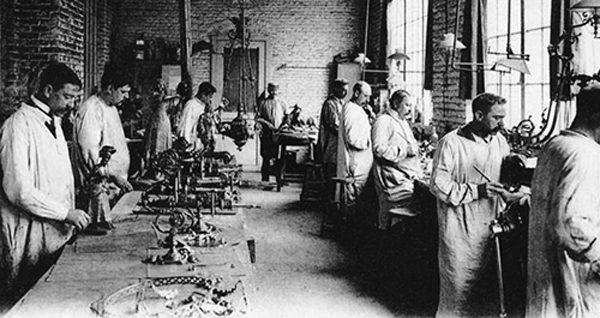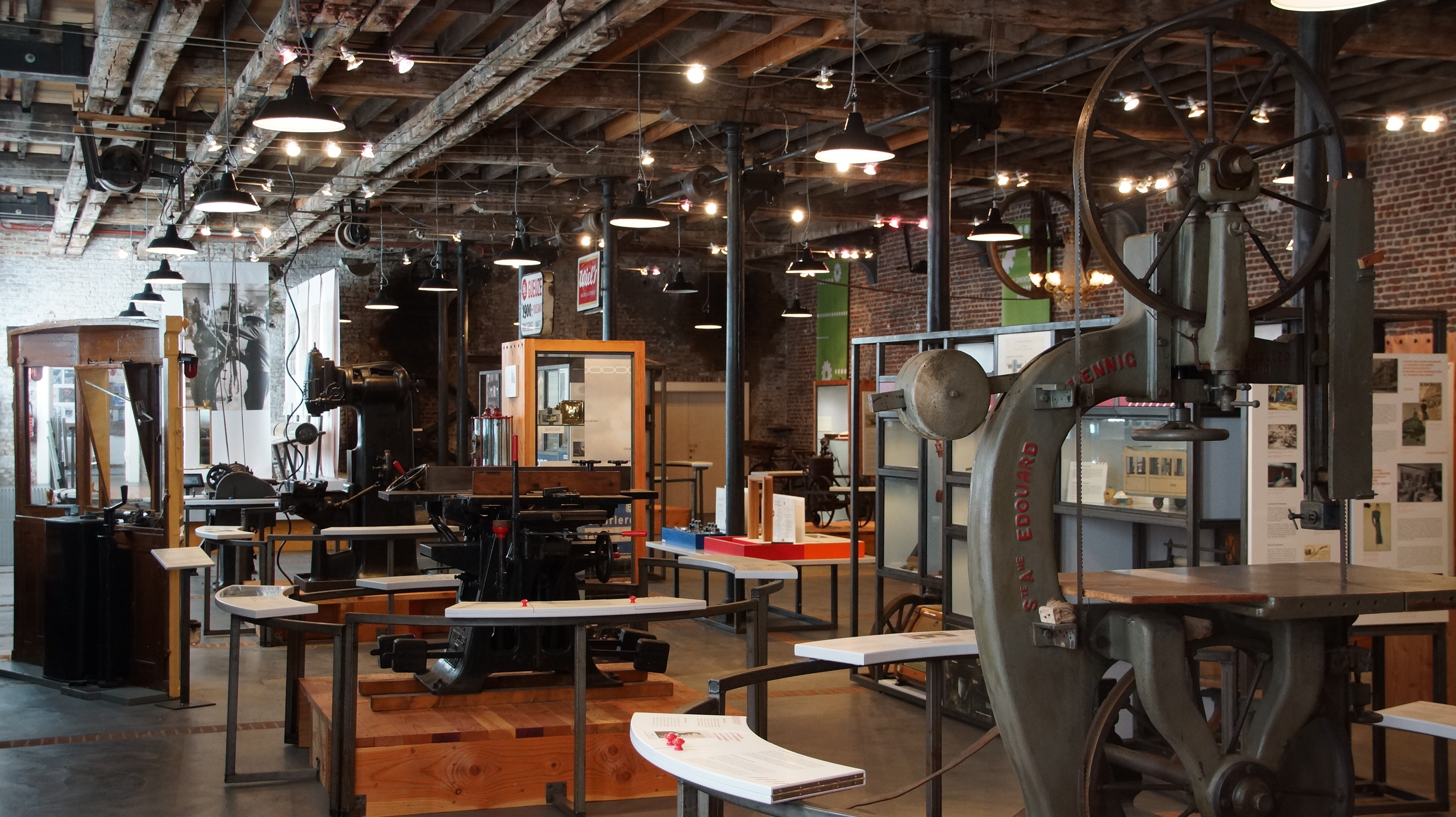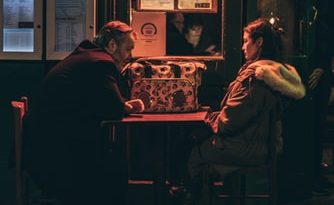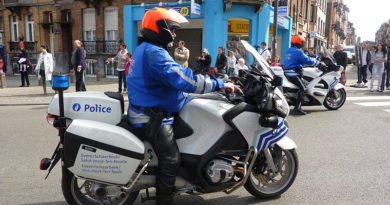Brussels, the industrial land
Try to guess which city was the first industrial place in Belgium over the 19th century? You probably think about Charleroi or Liege, right? If so, you are wrong. Brussels indeed used to be the main Belgian industrial place for decades.
If you fancy discovering the huge industrial past of the Belgian capital, you should go to the Museum of Industry, in Molenbeek, just a few meters away from the Channel. Then stop at Comte de Flandres, walk a couple of minutes and you will be immersed in the industrial revolution.
The museum is located in the former “Compagnie des Bronzes” factory, which hosted more than 250 factory workers in the 1860’s. The bronze molten in this factory was used to build up the Manneken-Pis.

Industry was a key sector in Brussels over the second half of the 19th century. Dozens of factories were set up in the Western part of the channel (which was a fundamental element in the Brussels’ economy), while the richest neighbourhoods were already located in the Eastern part. The industries used to be a cornerstone in Brussels until deindustrialisation started, in the 1970s. 170,000 factory workers were still under contract in 1970 in Brussels, while they are only 10,000 today.
As the industrial neighbourhood was dying at the end of 1970s, some citizens gathered to revitalise the area. And they decided to set up the organisation La Fonderie. This foundation then moved to the abandoned buildings of “Compagnie des Bronzes” in 1986 and opened the museum.

During the guided tour, you will be taught the whole Brussels’ industrial history, from the beginning, the expansion until deindustrialisation. Factory machines are still there and work, and you can understand the whole process to melt bronze.
La Fonderie also hosts some events, conferences and temporary exhibitions related to industry and steel industry. You can visit the museum and have a look at the permanent exhibition from Tuesday to Sunday (+ public holidays). La Fonderie is also joining the initiative Museum Night Fever 2017.



